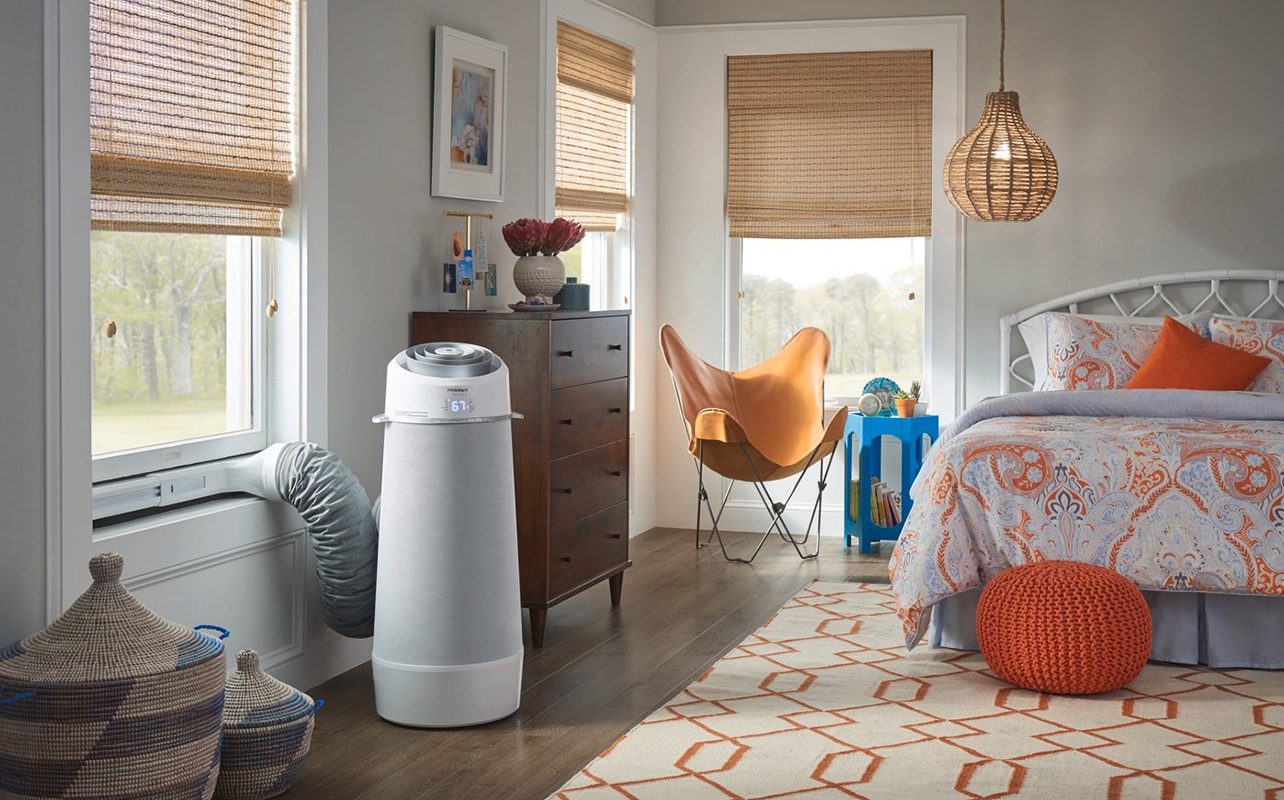
Doesn’t it seem like the air conditioner stops working at the worst possible time, like right in the middle of a heat wave? When this happens, you want to diagnose the issue as quickly as possible to get the cold air circulating againto keep you cool. As with any appliance, you might see an error code appear on screen, which alerts you to what the problem is. From there, you might frantically search for the instructions manual to decipher the code, or Google it to see if you can find an answer.
We’re here to help by outlining some of the most common air conditioner error codes, grouped by problem type and brand (where relevant). From there, we provide practical advice on what to do next. This includes how you might you be able to fix the problem yourself, or when it’s time to call for professional support.
Why air conditioners display error codes
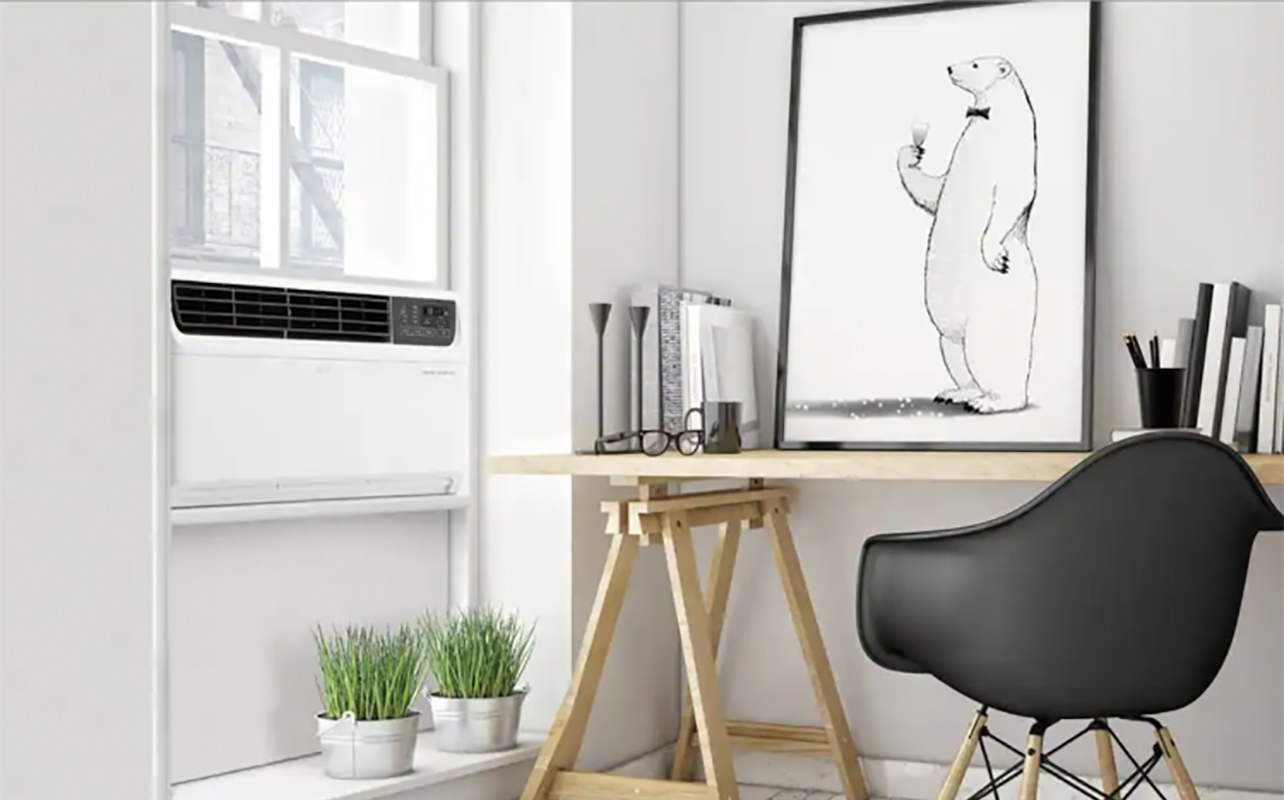
Like other appliances and household items, air conditioners display error codes on their digital screens to alert the owner, and even a technician what the problem is. It’s the air conditioner’s own special language that explains the issue with a simple alphanumeric indicator.
Think about the warning lights that appear on the dash of your car to let you know if there’s an engine or battery issue, for example. These diagnostic codes work the same way, designed to help you diagnose the issue and take the appropriate steps from there.
The most common air conditioner error codes
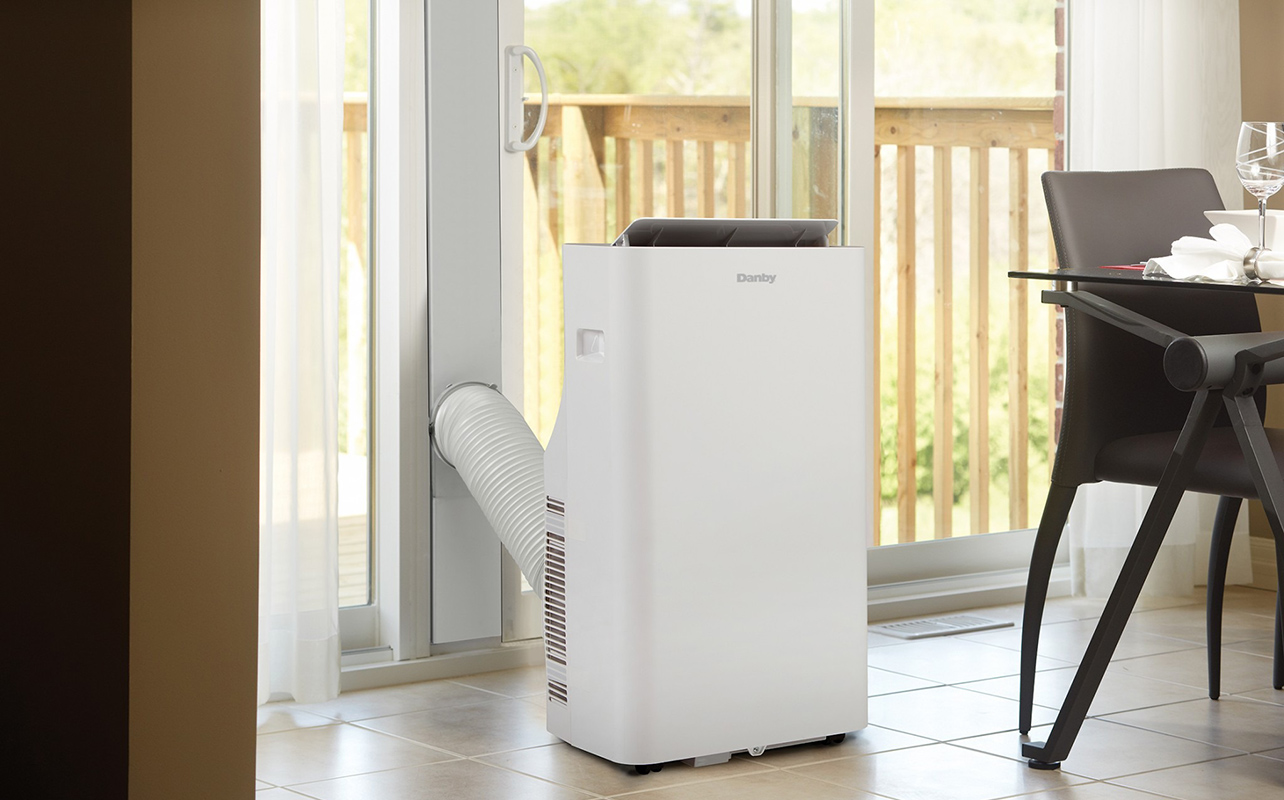
Now, let’s take a look at some of the most common AC error codes. Keep in mind that while many error codes are standardized, not all error codes are universal across all brands. Where available, however, we have noted which error codes are linked to specific brands.
P1/FL – Water tank full
This error code appears on air conditioners from brands like LG, Honeywell, and Danby. It advises that the internal condensation tank is full and needs to be emptied. The air conditioner collects condensation as it pulls it from the air, and this will accumulate over time.
How to fix: Remove the tank and drain or empty it manually, in a safe spot. Put it back in, press start, and see if it fixes the problem. You should also check for clogs in the drainage system at the same time.
E1 – Room temperature sensor fault
There’s a faulty or disconnected temperature sensor on the air conditioner unit. The unit won’t run unless this is functioning properly because it’s what checks the ambient temperature before adjusting the level of cooling accordingly. You’ll see this code with air conditioners from brands like Whynter and Frigidaire. With other brands, this code can also suggest that there’s an issue with the circuit board or control panel.
How to fix: Manually reset the unit. If this doesn’t work, the sensor might need to be replaced. Contact support to arrange for this. You can also try cleaning the filters and coils, inspecting the evaporator, condenser, and coils, checking the refrigerant level, and checking for faulty cables.
E2/F2 – Evaporator sensor malfunction
This can relate to the evaporator sensor, suggesting it isn’t working properly. You might need a replacement. It can also refer to the oxygen depletion (ODS) thermistor, which measures oxygen levels in the room.
How to fix: Try cleaning the filters and coils, make sure there’s the correct voltage of power going to the unit, and check for a faulty cable. If all looks good, call a professional to check if a replacement is needed or something else has caused the issue.
E5/F5 – Overcurrent or overheat protection
There’s an electrical overload or motor issue in an air conditioner from a brand like De’Longhi. With other brands, it can also mean that there’s an issue with the fan motor.
How to fix: Unplug the unit for 15 minutes and inspect the wiring. Make sure that you don’t (or aren’t) running extension cords. Plug it back in and see if this fixes the problem. Also, check that the right voltage/amps of power are going to the unit.
E4/F4 – Frost or overheat protection
The evaporator coil might be frozen or conversely, overheating. This is a common code across many air conditioner brands. For some brands, it might also mean that there’s low refrigerant.
How to fix: Turn off power to the AC unit. Give it time to thaw. Clean the filter once thawed, place it back inside, and turn it back on. If the issue relates to refrigerant, you will have to call a professional.
AF – anti-freezing
The evaporator might be below -2.22°C and thus is too cold to function properly.
How to fix: Check the temperature of the room and if it’s below 22.22°C, you might want to turn the unit off until it gets hotter than that.
F6: Blower motor problem
This suggests there’s an issue with the blower motor and could mean the overcurrent is detected.
How to fix: Check that the right voltage/amps of power are going to the unit.
HP: High pressure
A blocked air filter or duct can cause this error code to appear if it is resulting in too much pressure being built up in the system. It can also appear if the ambient temperatures are too hot. It pops up on screen as soon as the pressure switch opens.
How to fix: Check for blockages and kinks in the exhaust duct.
TP: Tank position
The tank needs to be positioned properly, which means on level ground if it’s a portable air conditioner. If it’s tilted or not leveled, the unit will pick up on the imbalance. It could also end up spilling water.
How to fix: Reposition the unit so it’s sitting level and ensure the water tank is properly aligned and in the right position.
Other possible codes by problem type
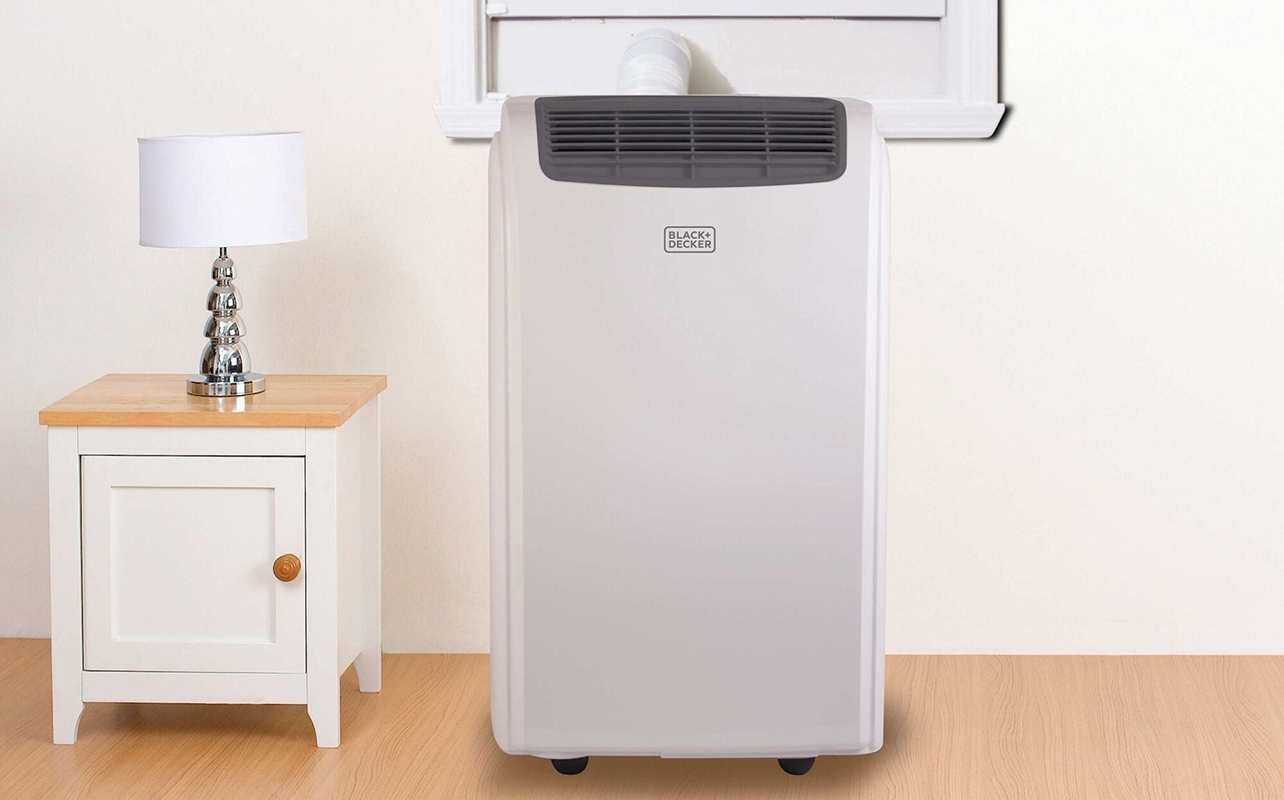
Beyond these most common error codes, there are a few more you might see based on the problem type.
Frozen coils: This can display as E3 or F2, the latter of which means low refrigerant or restricted airflow.
Unit keeps turning off: E1 or E4 can display when this problem happens, suggesting there’s a timer issue or thermostat error.
Not cooling properly: If the unit isn’t properly cooling the home, you might not see any error code at all, or it could display as an E5 error.
It’s worth noting that while this guide can help give you an idea of what the issue might be, it’s best to consult with the air conditioner’s instruction manual to double check the meaning of the error code.
When to troubleshoot vs. call for service
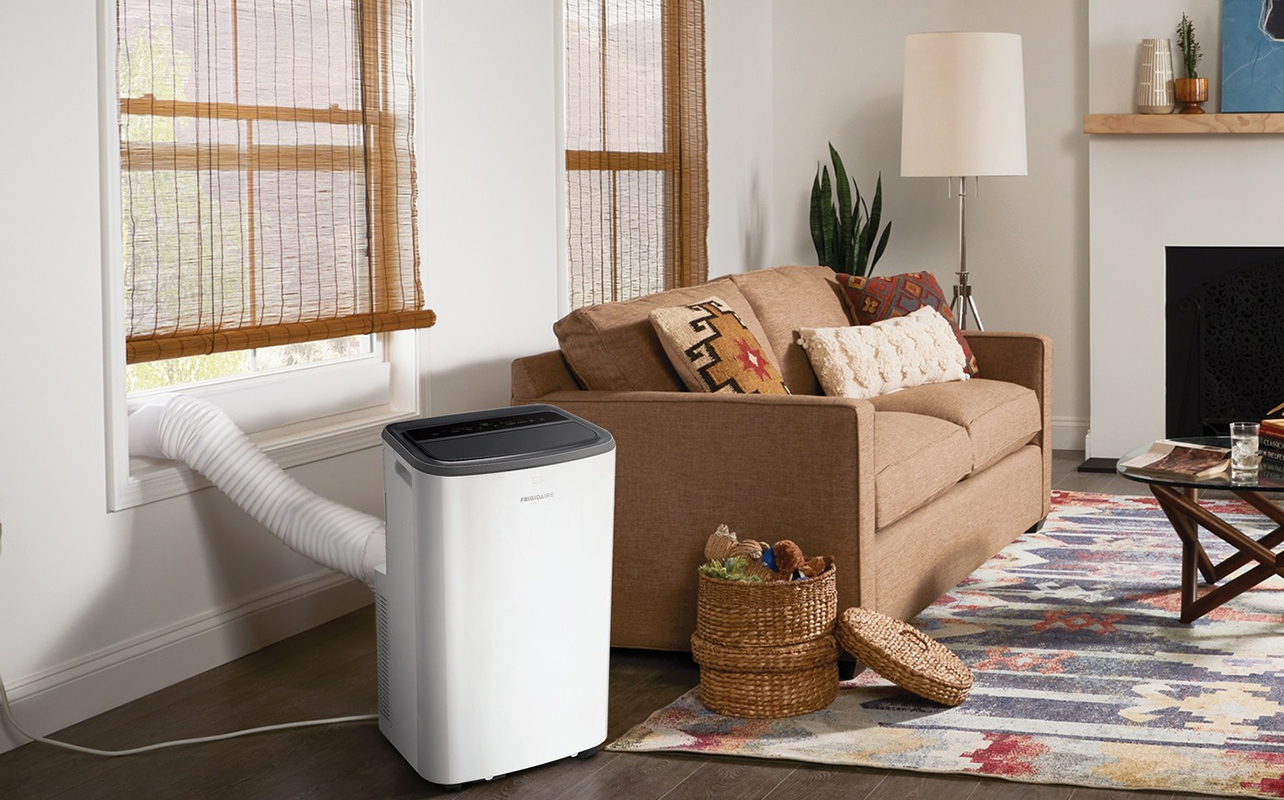
The biggest question is how to know when you should try and diagnose the issue yourself or call for service. You can try these steps first, depending on the problem and/or the error code you receive. That includes simple fixes like draining, resetting, turning off the unit for a period of time, cleaning filters, and repositioning the exhaust hose or the unit itself. If these actions don’t solve the problem, however, it might be time to call for professional help.
You should immediately call for help if there’s a sensor failure, refrigerant issues, or you’re getting persistent error messages. Even if your DIY method fixes the problem short-term, if it keeps coming back, there’s clearly a larger issue at play. Don’t try to fix issues relating to things like a condenser sensor or circuit board as it could potentially void the unit’s warranty.
Before you call for service, it’s also worth considering if a circuit breaker was tripped. If so, it could have caused the error code to pop up incorrectly. Reset the unit and if the error code disappears, this may have been why. It’s a good idea to also check with a licensed electrician that everything connectivity wise is okay with the circuit.
Tips to prevent error codes
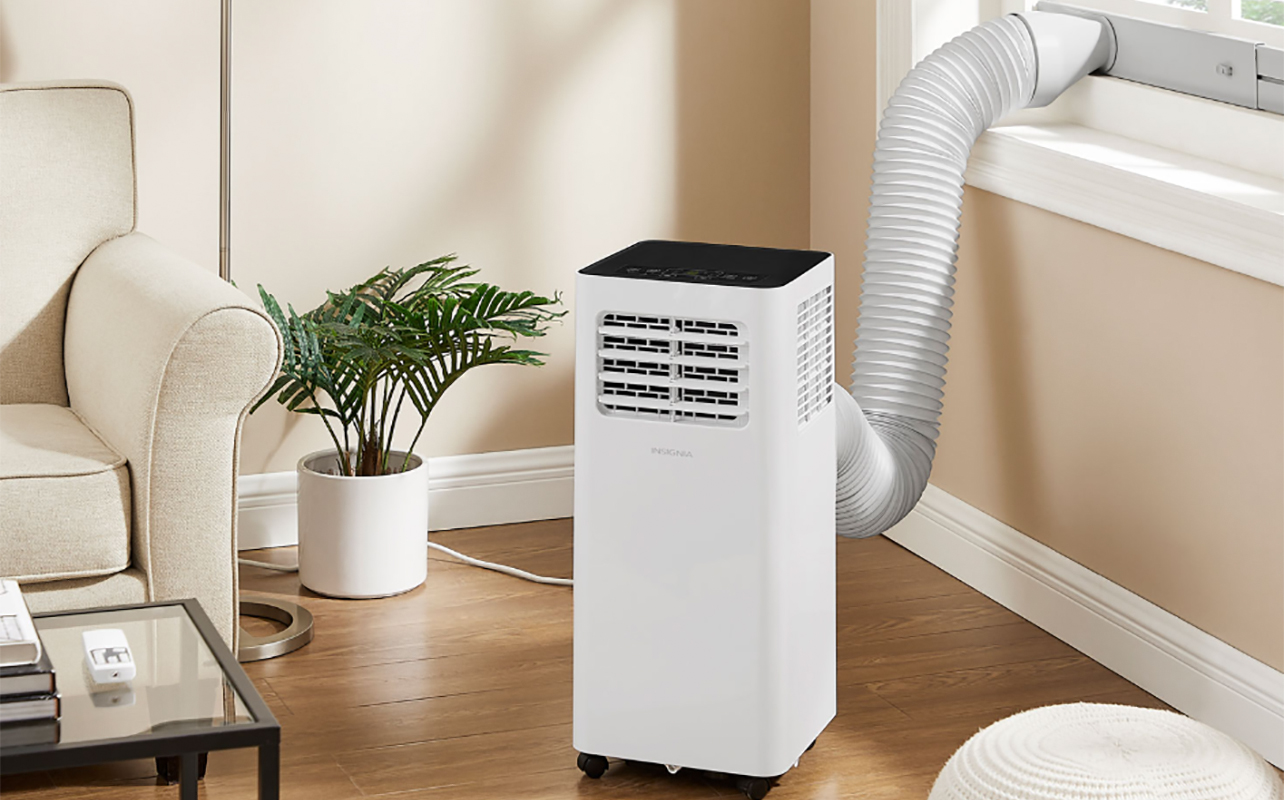
There are a few steps you can take to ensure your air conditioner is running under optimal conditions and thus reduce the instances of error code messages.
Regularly clean the filters and vents. Doing so will ensure there’s less chance of blockage.
Proper placement and ventilation. Before setting up the air conditioner, making sure it’s on level ground (if on ground), properly installed, and is vented properly.
Don’t ignore small performance issues. This is especially so if the unit is new and still under warranty. You want to ensure that a small issue doesn’t lead to a big one down the line.
Keep cool and carry on
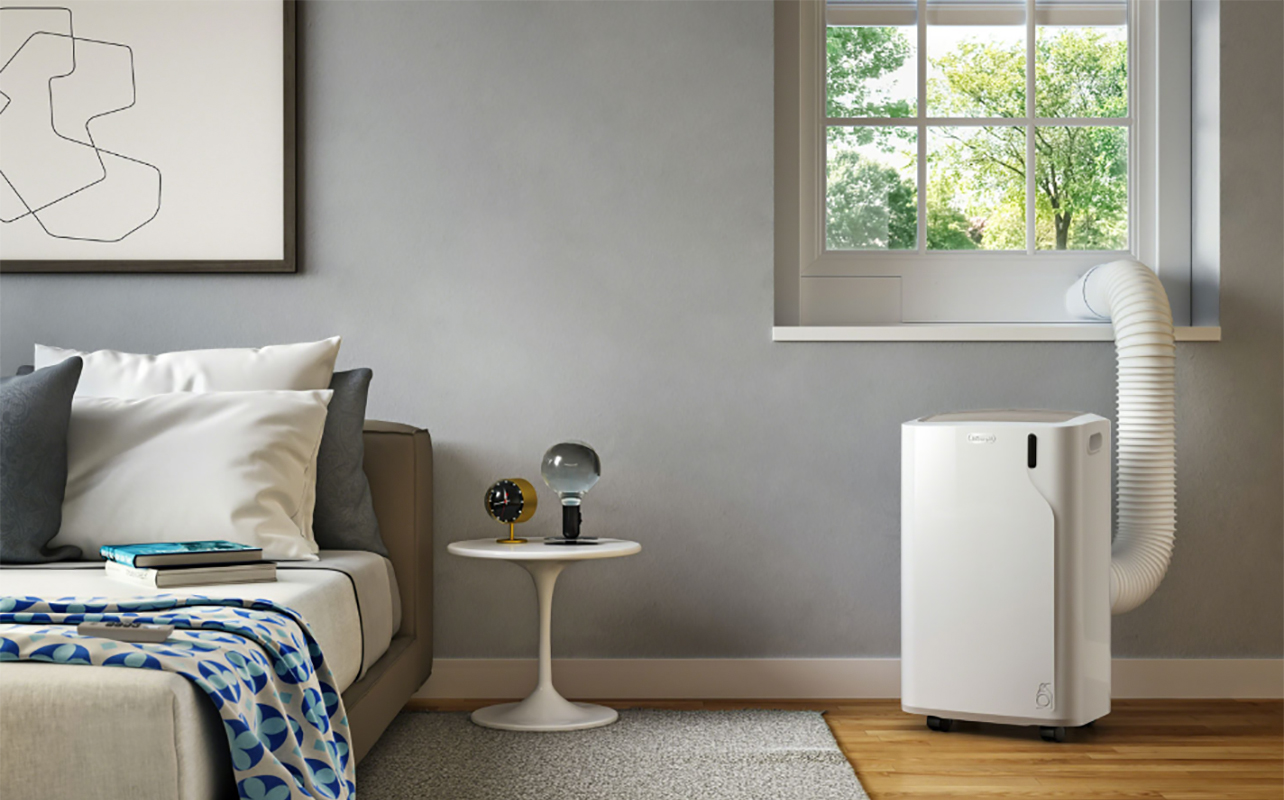
With the proper care and quick checks, your air conditioner will run like new for many years to come. But if you do see an error code, try these fixes to help get back up and running so you can keep cool on even the hottest summer days.
Looking for a new air conditioner? Check out a wide selection of air conditioners, including portable AC, window AC, split AC units, and more at Best Buy Canada.





